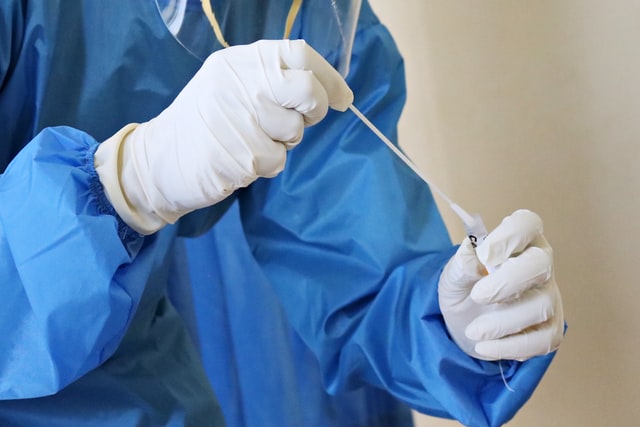
Covid Inequalities Continue
Photo by Mufid Majnun on Unsplash
Article by Megan Carroll
Since the onset of the pandemic in 2019, pre-existing inequalities between the rich and the poor have been brought into sharper focus. This includes the mandated shutdown of entire sectors of the economy which has resulted in a vast disparity in economic and health impacts across the whole population. As the country attempts to enter a period of ‘living with covid’ the policies that the government has recently enacted continue to further perpetuate the divide between the rich and the poor.
On Monday 21st February 2022, Boris Johnson announced that from the Thursday of that week all domestic covid restrictions in England would come to an end [1]. This meant that it was no longer a legal requirement to wear masks in public spaces or to self-isolate if an individual tests positive. This decision was one that was largely political and despite the government claiming that all the way through the pandemic they were following scientific evidence this lifting of all restrictions appears to lack substantive evidence. There was no evidence provided that this decision was based on public health but rather distracting news to portray the Prime Minister in a positive manner and deflect attention onto something that would be considered positive by the majority. It was considered a publicity stunt to get him out of a hole after his multiple lockdown partying allegations along with criticisms of how badly he handled the pandemic[2]. Yet it further highlights the government’s blatant disregard for the health risks between the elite and those in poverty. By scrapping self-isolation for positive tests individuals are forced to make the decision to go without pay in order to safeguard individuals or put others at risk in order to make ends meet. While this has limited consequences for the elite, who could afford to have a few days off work without any noticeable impact on their living standards. Individuals who are on minimum wage and have a family to provide for may have no other choice than to attend work, making themselves susceptible to further illness, as well as putting their colleagues and the general public at risk. This health inequality has been further perpetrated through the government’s announcement that the £500 payment for individuals on lower incomes is to end, with statutory sick pay and employment allowance only starting to be paid after four and seven days of absence, rather than immediately. The implementation of both of these policies continues to adversely affect the less advantaged in society, risking a further plunge into poverty for these individuals and an increased risk of the onset of poorer mental health which puts further pressure on already stretched systems.
Furthermore, according to the Guardian, the government announced that from [3]April 1st free testing for the public would end with most people having to pay for lateral flows and PCR tests. The implementation of this rule will have a disproportionate effect on the poorer members of society. Firstly, it will mean that a large volume of people won’t test anymore and even when individuals exhibit symptoms the likelihood of testing will be significantly diminished[4]. According to a report published by the University College London, individuals from the bottom three deciles of the income distribution are around 50% more likely to have been diagnosed with an illness that puts them at medical risk than those in the top two deciles. This further illustrates the gap between the rich and the poor and those lower-income individuals are at a heightened disadvantage and less protected if they contract covid simply because they are not regularly tested or don’t have the means to be able to test regularly. In addition, the ending of free testing will mean that people will have to pay to visit vulnerable elderly in care homes and individuals in other institutions like hospitals and psychiatric wards. This is another disparity for poor people, contributing an additional burden on their already stretched incomes and potentially means some individuals in these systems may not get as many visits. This places a further burden on low-income families whilst also contributing to a further strain on mental wellbeing services; individuals that cease to receive family support may suffer increased isolation and become susceptible to diminished mental health
It may not be coincidental that the ending of covid restrictions in England has seen an increase in infection rates; whilst in Scotland plans to lift legal restrictions have been put on hold due to a sharp increase in cases. The steps taken by the UK government would appear to be premature and falsely send out a message that the pandemic was over when case numbers suggest this is far from the case.
[1] https://www.theguardian.com/world/live/2022/feb/21/uk-covid-live-boris-johnson-to-lift-all-remaining-restrictions-in-england
[2] https://www.ucl.ac.uk/~uctp39a/Covid-19_and_Inequalities.pdf
[3] https://www.independent.co.uk/news/health/covid-free-lateral-flow-tests-b2020014.html
[4] https://www.independent.co.uk/news/uk/covid-government-boris-johnson-mps-erdington-b2016771.html

0 Comments